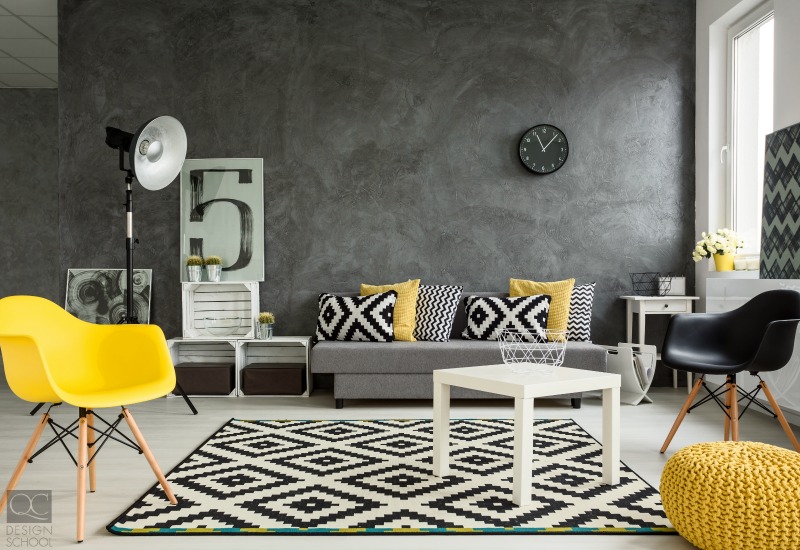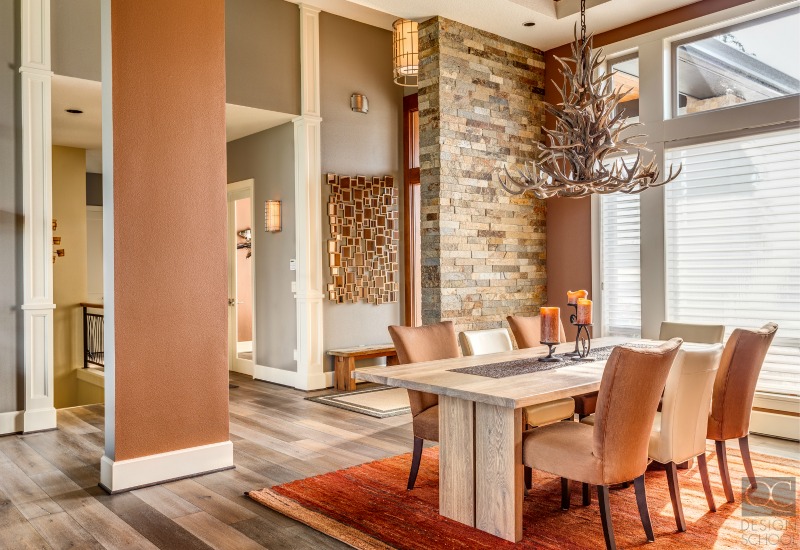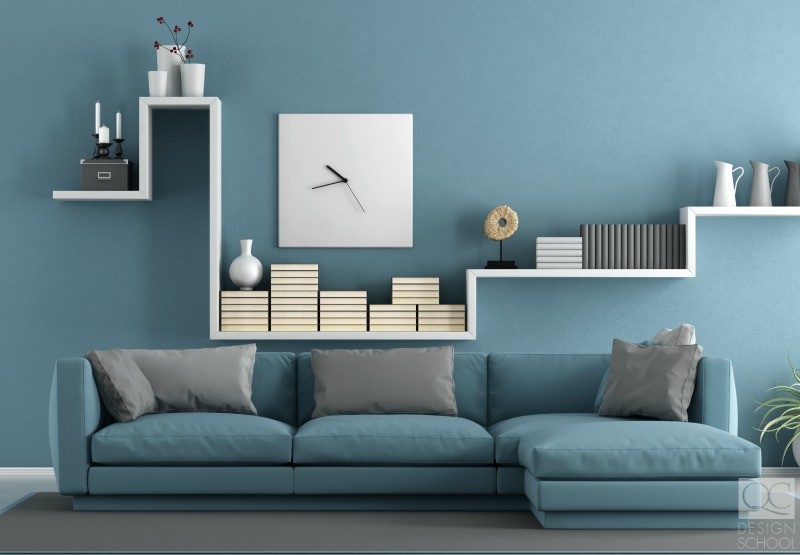So you graduated from interior decorating school, and you’re about to set foot into the professional world—congrats! You’ve likely taken some business units with your decorating course so that you’re prepared to start and run your own business. But you’re not really a business if you don‘t have any clients, are you?
Self-promotion and offering free or discounted services (when you’re still studying) is a great way to accumulate experience and build your portfolio. What happens when someone finally notices all your hard work? How do you approach your first client professionally and don’t scare them off? Keep reading to find out our tips on handling your first interior decorating job!
Meet with them
Whether your potential clients were referrals or they reached out to you after seeing your portfolio, you have to make a connection ASAP! You need to turn simple inquiries into paying clients, and the best way to do that is to meet them in person. It’s much easier to establish a personal connection when you can put a face to a name and carve out a chunk of time to talk to someone. You never know if someone is distracted while they’re on the phone with you!
During this initial meeting, you can find out how many people are living in their home and learn about their lifestyle. Don’t come with a contract already drafted and paint samples. You don’t know the scope of their project, so you don’t even know if you can accommodate them, if what they’re asking for is something you’re able to do for them, or if you even want to work with them and vice versa!

Know your worth
Be clear about your fees. You need to decide whether you want to charge a fixed fee or an hourly rate. A fixed fee can be difficult to estimate when you’re first starting out. You don’t have enough experience to know how long everything will take and how much cushioning you’ll need in case something unexpected happens.
On the other hand, some clients may be overly conscious of how often you’re around if you charge an hourly rate. The best thing to do if you’re utterly unsure is to look at your competitors in your area. How are they charging for their services? You don’t want to end up barely netting revenue after months of hard work.
Sign a contract
When you do establish a connection and they want to go ahead and work with you, you have to make sure you start your paper trail right there and then! Having a contract can save you from a lot of sticky situations! Both you and your client must sign a formal agreement before the job begins. You want to ensure that all involved parties understand what will be happening. Outline their timeline and budget as well as what your responsibilities will be, how much you’ll be charging, and additional clauses to cover you if the project goes over the set timeline. If anything were to go awry, such as a specific paint color that becomes unavailable, you’re not held responsible.
Make sure that any changes that have to be made are covered in supplementary forms that are signed by your clients. Outline the initial agreed-upon work/items, and then the subsequent change in detail. It can be tedious to continuously adding to the mountain of paperwork on your desk for this one job, but it could save you a lot of grief in the long run!

Listen closely
Even though you’re the expert, it’s not you who will be living in the home! You can decorate dozens of homes that look amazing, but they may not suit your personal style at all. It’s all about your clients at the end of the day. You’ll have to guide them through the consultation, but you have to listen in equal parts.
Ask them a mix of broad (what are your favorite colors?) and specific (how important is having a comfy TV-watching chair?) questions. The purpose is to be efficient and gather as much information as possible to understand what your client wants their home to ultimately look like and see if it’s possible to do. Ask them how they are planning to use the space—is the living room also the home office? You’ll also want to make note of sentimental keepsakes. If they have children, they may also want to display sport trophies and academic awards which you’ll have to take into consideration.
Speak up
Starting out, it can be difficult to know what to do if a couple were to get into a spat right in front of you about how they want to proceed with window treatments or paint colors. You may want to stay out of it altogether, but your expert opinion can be incredibly important. You’ll want to mediate between them, but also stand by your own knowledge of how textiles and color work in a space. Don’t be afraid to give your input!
If your clients have extravagant tastes that their budget cannot support, you have to let them know. It’s much better to arrive at a design that they like before starting, than to attempt to lavishly decorate a space and then default to less-than-stellar materials halfway through.

Work with established suppliers
You may have already studied up on major suppliers, manufacturers, and vendors in your area. You’ll want to make sure that you work with professionals who meet deadlines so they don’t delay your project.
You’ll also want to be sure that you secure a professional relationship with these companies if you like the pieces and variety of items they carry. This way, you can easily continue your business relationship well into the future.
That being said, you don’t be afraid to branch out and look into antique boutiques or even flea markets if your clients aren’t looking for sleek, modern items straight out of the factory. Make sure your vendors are as diverse as your clientele!
Spread the word
Your first interior decorating job could be one of those opportunities that completely changes your life! If you do a great job that you’re proud of, you should take great professional shots for your portfolio, and give your client plenty of business cards in case they want to refer you. Nothing sells a service better than the word of a happy client!
Make sure that your business card isn’t a basic, boring off-white card. You’re in a creative profession, so a bit of flair is necessary to convey your creativity. Update your website and professional social media regularly. If you have engaging content on social media, you’re creating more opportunities to show off your work and allow clients to tag potential referrals.


